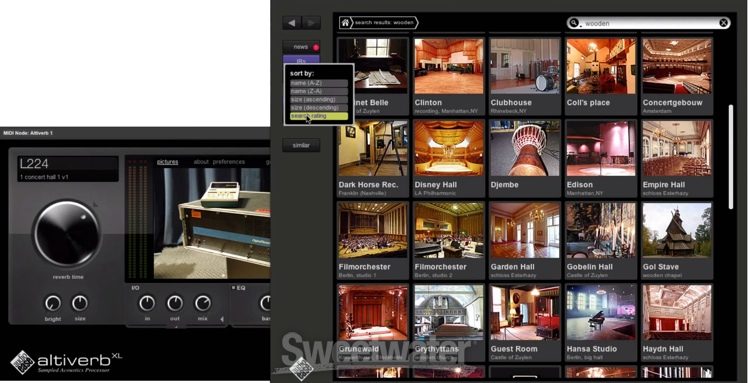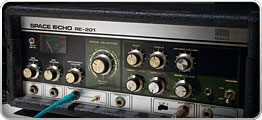


The impulse response (IR) file is almost always a fixed length, and altering it during convolution creates unwanted glitching for most processing techniques (try altering the impulse response length parameter while playing a file through it in Digital Performer to confirm). pre-recorded digital audio) or a potentially infinite audio signal from a DAW track or a microphone. The signal input (IS) may be a set of finite audio samples (i.e. When discussing convolution theory, one of the signal sources is normally called the input signal (IS) and the other, the unit impulse or impulse response (IR) file. For convolution reverb, the output sound will ring or sound past the end of the input signal for the length of the impulse file minus one sample. For two fixed files, the convolution output duration (using orthodox computation methods) will be the total duration of one added to the total duration of the other minus one sample. Convolution modifies sound in both the frequency domain and the time domain.

Convolution is now used commonly for higher-quality reverbs (called convolution reverb-the MOTU Digital Performer convolution reverb plug-in is called ProVerb), for filtering, and for giving a particular sound file certain characteristics of another (talking crash cymbals, for example). The sources may both be digital audio files of finite length, or one finite file and the other real-time input (potentially infinite). In the time domain, the way in which those frequencies hang around, get smeared, die away is another part of the convolution process. Convolution is a method of cross-synthesis, combining two audio sources in such a manner that, in the frequency domain, those frequencies they have in common will be emphasized proportionately, and those they do not share will be minimized.

Cross-synthesis is a technique whereby one signal confers one or more of its characteristics onto another.


 0 kommentar(er)
0 kommentar(er)
